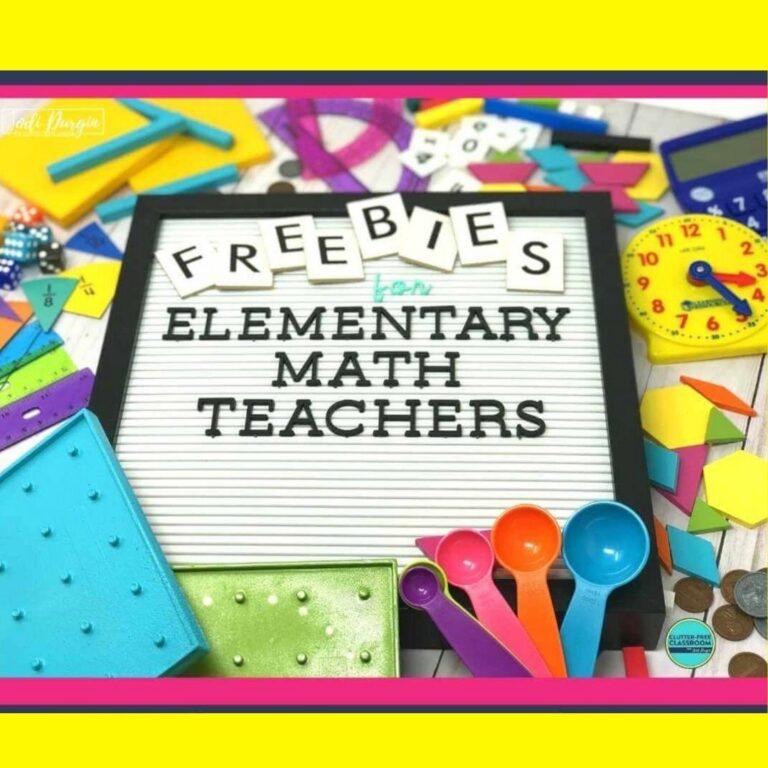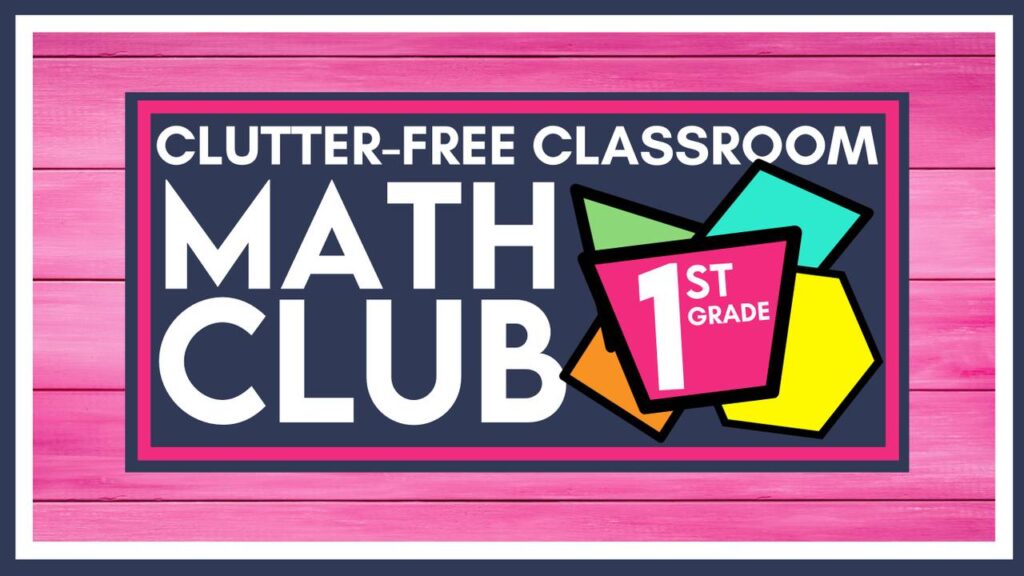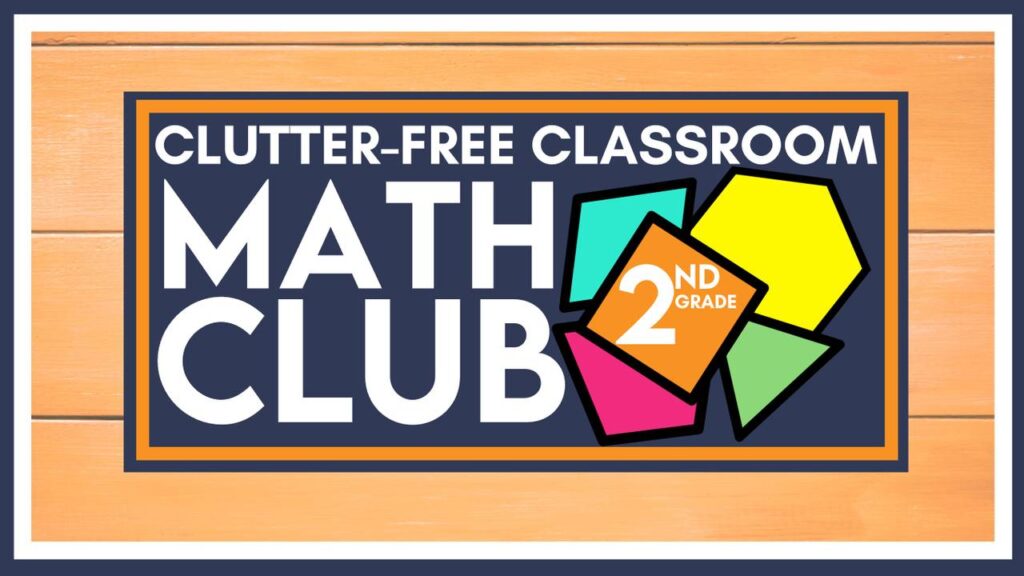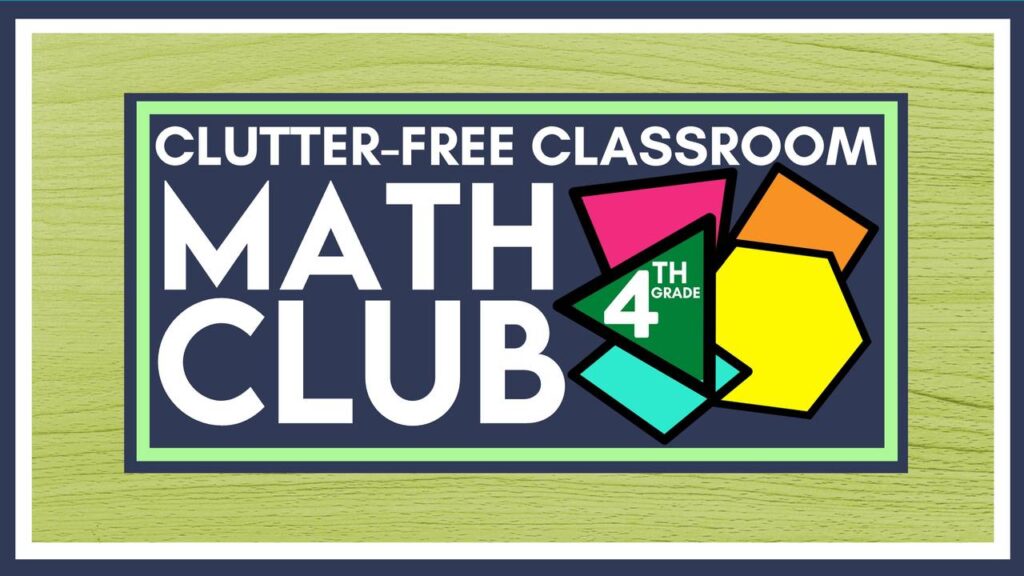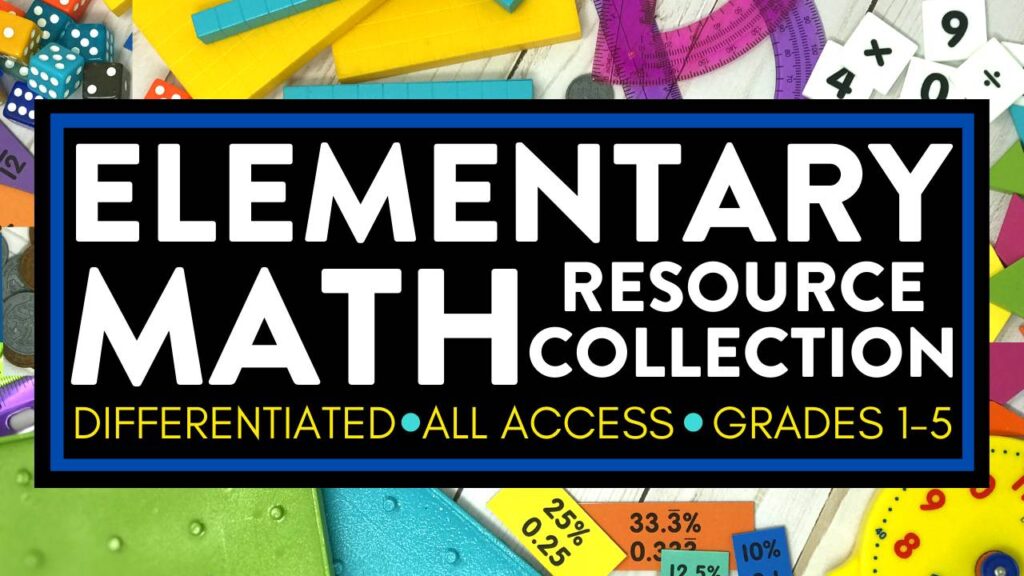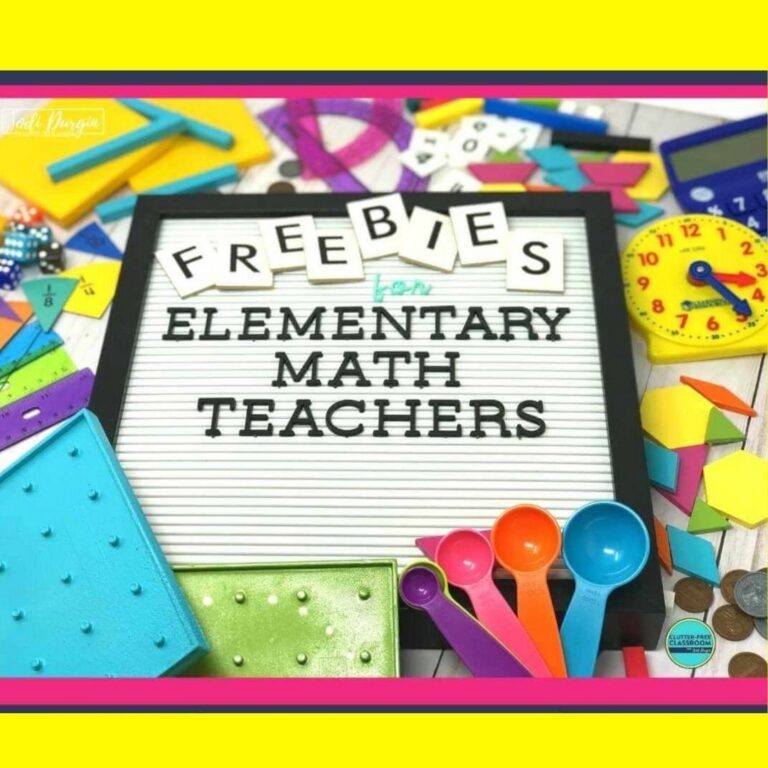If you are an elementary teacher looking for tips and ideas for how to teach data, then you found the right place! Learn what data is, why it’s important, what your students need to know, and get 5 helpful tips for teaching it in a fun and engaging way. Read all about teaching data below!
What is Data?
Data is information that has been translated into a form that is efficient for movement or processing. We can quantify information by collecting, organizing and displaying data.
Why is Data Important?
It is important for students to learn about data because in today’s busy society, we have access to huge amounts of information! As a result, we find simple ways to communicate, generate, sort, represent, organize and interpret data.
What Data Skills Do Students Need to Know?
Below are the Common Core and TEKs standards that relate to data that define what students should be able to do by the end of the school year.
Common Core Standards
Below are the CCSS standards related to teaching data.
1st Grade
- Organize, represent, and interpret data with up to three categories; ask and answer questions about the total number of data points, how many in each category, and how many more or less are in one category than in another. (1.MD.C.4)
2nd Grade
- Draw a picture graph and a bar graph (with single-unit scale) to represent a data set with up to four categories. Solve simple put-together, take-apart, and compare problems using information presented in a bar graph. (2.MD.D.10)
- Generate measurement data by measuring lengths of several objects to the nearest whole unit, or by making repeated measurements of the same object. Show the measurements by making a line plot, where the horizontal scale is marked off in whole-number units. (2.MD.D.9)
3rd Grade
- Draw a scaled picture graph and a scaled bar graph to represent a data set with several categories. Solve one- and two-step “how many more” and “how many less” problems using information presented in scaled bar graphs. For example, draw a bar graph in which each square in the bar graph might represent 5 pets. (3.MD.B.3)
- Generate measurement data by measuring lengths using rulers marked with halves and fourths of an inch. Show the data by making a line plot, where the horizontal scale is marked off in appropriate units -whole numbers, halves, or quarters. (3.MD.B.4)
- Identify arithmetic patterns (including patterns in the addition table or multiplication table), and explain them using properties of operations. For example, observe that 4 times a number is always even, and explain why 4 times a number can be decomposed into two equal addends. (3.OA.D.9)
4th Grade
- Make a line plot to display a data set of measurements in fractions of a unit (1/2, 1/4, 1/8). Solve problems involving addition and subtraction of fractions by using information presented in line plots. For example, from a line plot find and interpret the difference in length between the longest and shortest specimens in an insect collection. (4.MD.B.4)
5th Grade
- Make a line plot to display a data set of measurements in fractions of a unit (1/2, 1/4, 1/8). Use operations on fractions for this grade to solve problems involving information presented in line plots. For example, given different measurements of liquid in identical beakers, find the amount of liquid each beaker would contain if the total amount in all the beakers were redistributed equally. (5.MD.B.2)
TEKS
Below are the TEKS standards related to teaching data.
1st Grade
- Collect, sort, and organize data in up to three categories using models/representations such as tally marks or T-charts. (1.8A)
- Use data to create picture and bar-type graphs. (1.8B)
- Draw conclusions and generate and answer questions using information from picture and bar-type graphs. (1.8C)
2nd Grade
- Explain that the length of a bar in a bar graph or the number of pictures in a pictograph represents the number of data points for a given category; (2.10A)
- Organize a collection of data with up to four categories using pictographs and bar graphs with intervals of one or more. (2.10B)
- Write and solve one-step word problems involving addition or subtraction using data represented within pictographs and bar graphs with intervals of one. (2.10C)
- Draw conclusions and make predictions from information in a graph. (2.10D)
3rd Grade
- Summarize a data set with multiple categories using a frequency table, dot plot, pictograph, or bar graph with scaled intervals; and (3.8A)
- Solve one- and two-step problems using categorical data represented with a frequency table, dot plot, pictograph, or bar graph with scaled intervals. (3.8B)
- Represent real-world relationships using number pairs in a table and verbal descriptions. (3.5E)
4th Grade
- Represent data on a frequency table, dot plot, or stem-and-leaf plot marked with whole numbers and fractions; and (4.9.A)
- Solve one- and two-step problems using data in whole number, decimal, and fraction form in a frequency table, dot plot, or stem-and-leaf plot. (4.9.B)
5th Grade
- Represent categorical data with bar graphs or frequency tables and numerical data, including data sets of measurements in fractions or decimals, with dot plots or stem-and-leaf plots; (5.9.A)
- Represent discrete paired data on a scatterplot; and (5.9.B)
- Solve one- and two-step problems using data from a frequency table, dot plot, bar graph, stem-and-leaf plot, or scatterplot. (5.9.C)
5 Tips for How to Teach Data
Below are 5 helpful tips for teaching data to elementary students.
1. Read Aloud Picture Books that Teach Data
Reading aloud picture books is a great way to integrate literacy into your math block and present information in a different way. Our favorite picture books for teaching data are Tally O’Malley by Stuart J. Murphy, The Great Graph Contest by Loreen Leedy and Lemonade for Sale by Stuart J. Murphy. Check out the full list of math picture books we recommend!
2. Offer Hands On Learning Experiences
Hands-on math experiences help students make connections, remember their learning, and develop a deep conceptual understanding of the content. You can make any lesson interactive and engaging by offering math manipulatives. Our favorite math manipulatives for teaching data are cuisenaire rods, geoboards and coordinate plane dry erase mats.
3. Explicitly Teach Related Math Vocabulary
Teaching math vocabulary is essential for all students, but it is especially beneficial for students who speak English as a second language and students with learning differences. Key vocabulary terms for data are bar graph, compare, conclusion, data, data point, data set, chart, collect, graph, increment, key, organize, pictograph, picture graph, scale, sort, table, tally mark, addend, Associative Property, categories, Commutative Property, display, Distributive Property, dot plot, equal to, even number, explain, fourths, frequency, halves, horizontal, identify, interval, label, length, less, line, plot, locate, mark, measure, measurement, more, multiplication table, number patterns, number relationship, odd number, one-step, pattern, prediction, put-together, quarters, rule, same, scaled bar graph, take-apart, two-step, unit, whole numbers.
4. Give Students Opportunities to Apply Data to the Real World
Learning becomes more meaningful when students understand how it connects to the real world. Students are more engaged and invested in their learning. Some examples of ways we use data in the real world are collecting and organizing data to help the lunch staff prepare the proper amount of lunches for the school, to take attendance and demonstrate our progress towards being proficient in our math facts. Project based learning and word problems are examples of opportunities for students to apply their learning to real world situations.
5. Encourage Parent Involvement
Parent participation in math is essential because it impacts students’ attitude toward math, proficiency levels this school year, and future success in their math education. Be sure to keep communication open with families and share ways they can support their children in their math learning. Some examples of ways they can practice data at home are by creating a bar graph representing the different kinds of jelly beans in a bag or by collecting and sorting data as their child is eating food, such as trail mix.
In closing, we hope you found this information about how to teach data helpful!

